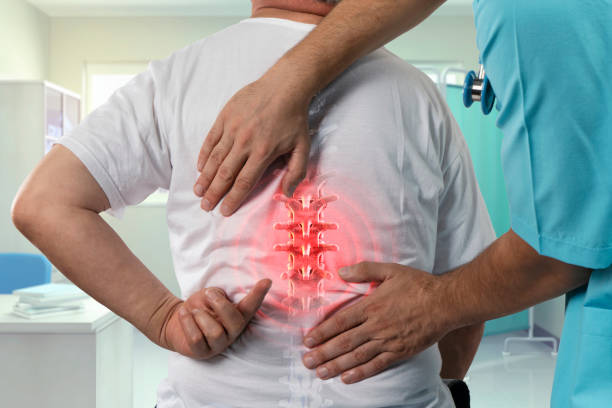A patient presents with a sudden onset of stiffness and muscle aches, particularly around the hips and shoulders. These symptoms are so severe that they change her day-to-day life – she can’t dress herself, do exercise, or go to the shops. She feels old, much older than she should.
The female patient was over 50, and the pain was identified as stiffness around the two “girdles” (groups of bones that form a ring to anchor the limbs to the body) – the pelvic girdle and the shoulder girdle. She presented with the following symptoms:
- Aching around the shoulders, hip girdle and neck
- Stiffness, particularly in the mornings
These symptoms were hampering her quality of life. She struggled to dress herself, needing to swing her trousers to hook them over her foot to get them on. She was unable to go to the shops and back, let alone the gym, to do some exercise, and generally felt like an older adult.
Diagnosis: Dr Mahmud diagnosed polymyalgia rheumatica (PMR) – an inflammatory rheumatic condition.
Classic polymyalgia rheumatica symptoms include aching and stiffness in the mornings around the shoulders, neck and hips, as seen in our patient. PMR may also cause tiredness, loss of appetite, weight loss, and depression.
Polymyalgia rheumatica rarely occurs in patients under 50 years of age, and its prevalence increases with age, with the majority of cases being diagnosed in patients between 70 and 80.
PMR is more common in women than in men and occurs more often in Caucasians than in other races; however, the lifetime risk is relatively high across the board, and as far as systemic rheumatic diseases go, it is second most common only to rheumatoid arthritis. Sometimes, PMR can be a feature of rheumatoid arthritis and other inflammatory conditions.
PMR is often associated with temporal arteritis, also known as giant cell arteritis (GCA) – an inflammatory disease involving the narrowing or even blockage of blood vessels in the neck, arms, and scalp. Temporal arteritis can prove very serious, potentially leading to blindness.
Treating polymyalgia rheumatica
Polymyalgia rheumatica treatment usually consists of steroid medication to manage the symptoms. The corticosteroid prednisolone is commonly prescribed due to its ability to block the effects of chemicals in the body that cause inflammation. However, steroids such as this do not cure the condition; instead, they work to improve quality of life. Steroids, like many medications, can potentially cause side effects, and you should always consult your doctor or a specialist before taking anything, as they will be able to recommend the best course of action for you. In the case of our patient, Dr Mahmud was able to diagnose polymyalgia rheumatica and treat the condition accordingly successfully. The patient responded rapidly to the treatment. Her symptoms cleared up, and she was once again able to dress herself, go to the gym, play with her grandchildren, and live her life to the fullest. In her words, she had her life back.

